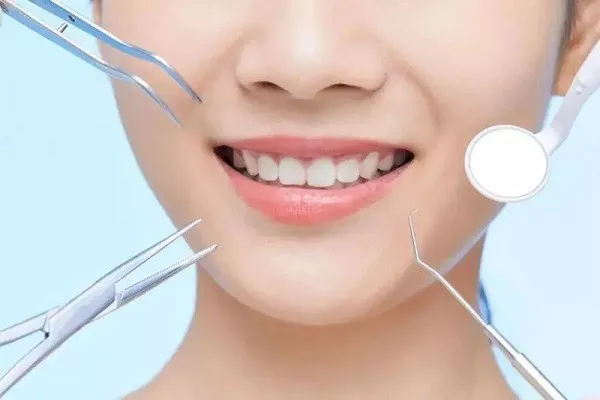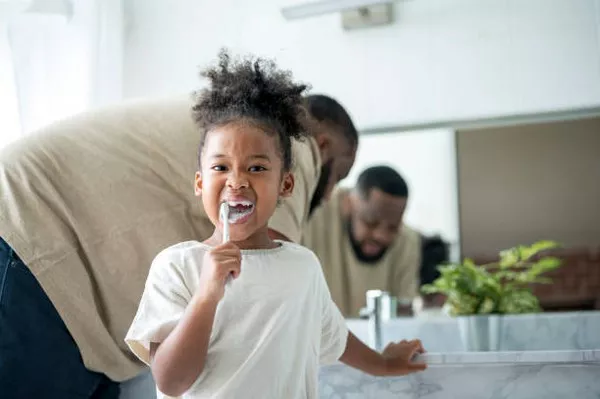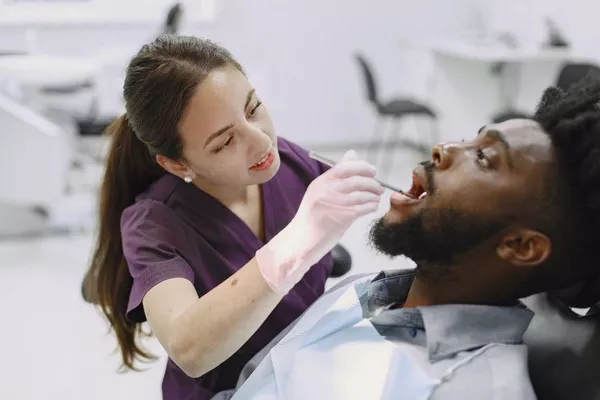Does it hurt to apply fluoride?
First clean and dry the teeth, then apply the fluoride to the surface of the teeth with a small brush.
Fluoride is sticky and hardens on contact with saliva.
No pain, no obvious smell.
Hopefully it will take a few minutes.
Depending on the composition of the product, some fluorides are white and some are pale yellow.
It is normal for teeth to be yellowish within 24 hours of application and disappear after brushing the next day.
The enamel, the outermost layer of a tooth, is constantly demineralized and re-mineralized throughout its life cycle.
However, dental caries is a process of enamel demineralization caused by a variety of factors.
Fluoride strengthens tooth enamel, slows demineralization and enhances re-mineralization, thereby preventing, slowing or stopping the occurrence of dental caries.
Fluoride works locally and throughout the body in three main ways: fluorinated toothpaste, regular visits to dental hospitals for fluorinated application, and drinking fluorinated water.
1) Fluoride prevents dental caries: It is most effective when fluoride significantly reduces dental caries and before visible caries occur.
Therefore, infants and preschool children are the best time to use fluoride.
2) Fluoride stops the development of dental caries: A survey of 3 – to 5-year-olds in the United States found that 81 percent of those with dental caries stopped having cavities after 9 months of fluoride use, compared with 38 percent of those without fluoride.
According to the American Dental Association, fluoride application has been shown to prevent and reduce caries in children’s primary and permanent teeth.
Meanwhile, according to the Centers for Disease Control, fluoride is highly effective in preventing caries in permanent and high-risk primary teeth.






























